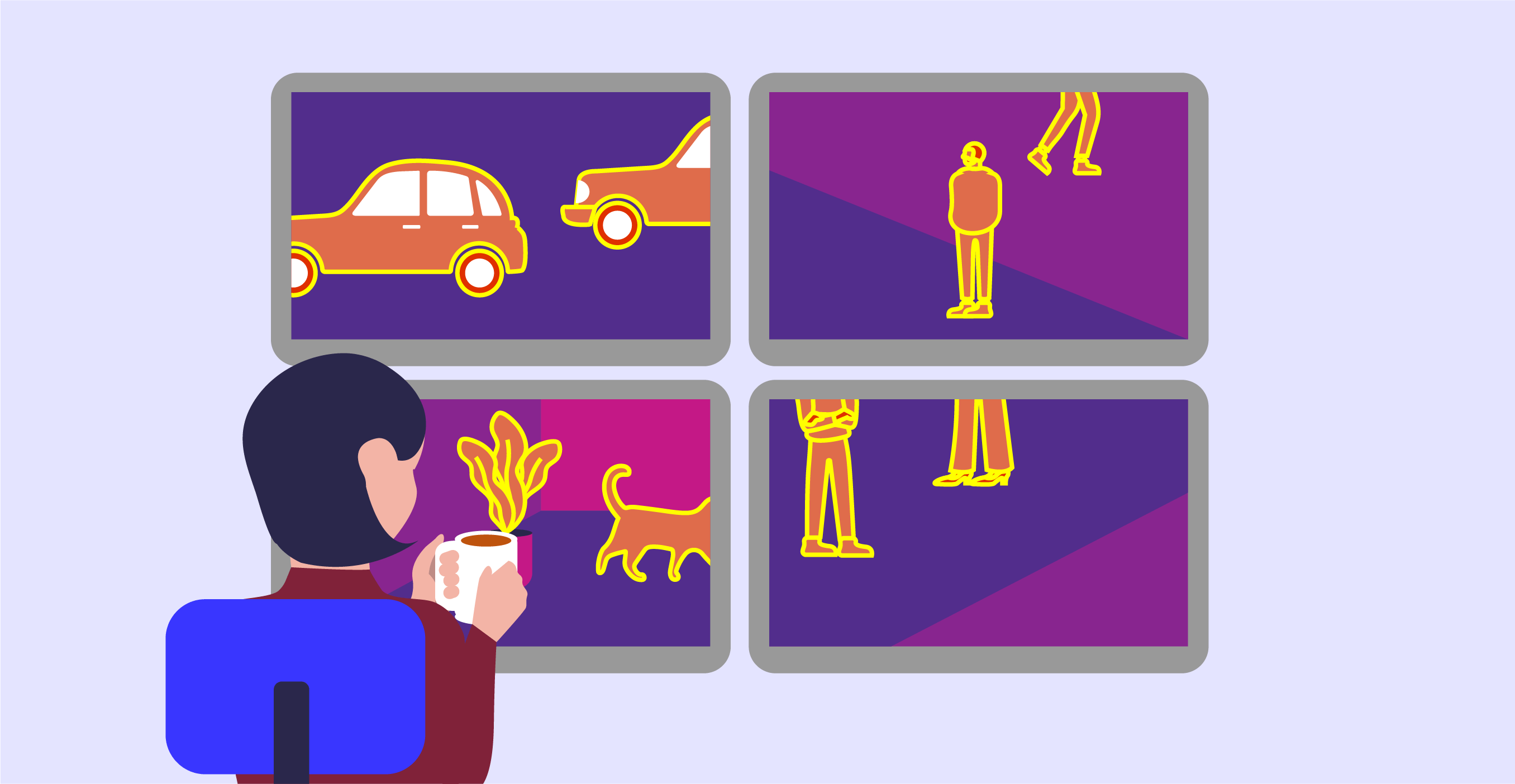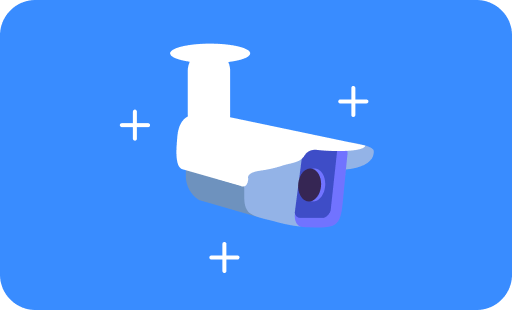What are thermal cameras and how do they work?
- Featured Post
- Physical security

Thermal cameras have been deployed for decades by government sectors, but recently more businesses are seeing the value of using them as well. From checking body temperatures to fighting fires, thermal cameras can bring valuable intelligence to the table.
What's the difference between normal cameras and thermal cameras?
There’s a big distinction between normal cameras and thermals. A thermal image is not just a filter put on a regular photo; thermal cameras actually create a different type of image by detecting infrared radiation, or the amount of heat that an object is emitting. Traditional cameras use a different type of sensor to capture the visible light. In fact, thermal cameras don’t need any light at all to function - they can work in complete darkness.
Some thermal cameras display the varying temperatures in black and white, with the darker colors representing cool temperatures and white representing the hottest areas. However, thermal palettes can range from grayscale to full color, based on use case scenarios. There are also dual cameras that utilise both types of sensors, so the resulting image is a combination of visible and infrared light.
The Pandemic Buzz: Thermal Cameras and Fever Detection
During the Covid-19 pandemic, temperature checks and thermal technology became one of the most talked about ways to mitigate spreading the virus. In the midst of varying restrictions, businesses and organizations are reopening to high volumes of patrons. Many places, especially highly trafficked locations such as airports and restaurants, have turned to preemptive temperature checks. Using thermal cameras is one way to detect body temperature without direct person-to-person contact.
Despite the buzz, there is still skepticism as to how effective thermal cameras can be on a large scale. The effectiveness of using thermal cameras to accurately detect fever in crowds of people is still debated. The US Food and Drug Administration was compelled to publish a statement warning against “mass temperature screening,” due to the fact that the thermal technology is less likely to be accurate if there are many people in the image at once.
This isn’t the first time that an international outbreak created a commotion in the thermal industry. Thermal cameras were used to detect elevated body temperatures in the 2002 SARS outbreak, and again during the swine flu outbreak in 2009. However, thermal technology has developed drastically over the past twenty years, making the thermal camera landscape more accessible to different types of businesses.
Thermal Camera Use Cases
Aside from taking body temperature, thermal cameras can be used in a variety of other situations. They’re extremely important in identifying people or animals in low light situations, bad weather like fog, rain, or smoke, and in preventing or fighting fires.
Whether it’s in a city, an industrial facility, or in the wild, fires are huge threats to the safety of people and environments. In 2015, an underground fire in London blazed for over 48 hours. Luckily, firefighters using thermal cameras were able to determine the location and severity of the fire to help combat it.
Fires are also huge threats at all sorts of industrial facilities. In places like petrochemical plants or factories that use toxic chemicals, the fires themselves are not the only danger. The intense heat of a fire getting out of hand can cause explosions and hazardous chemical reactions.
The recycling and waste industry is another example of a high risk situation - especially when lithium batteries get into the mix. Using thermal cameras to monitor these facilities can alert staff when there is a concentrated build of thermal energy and give them a proactive alert before anything gets started.
The agricultural industry is another place where proactively implementing thermal cameras can save valuable resources, especially when climate change threatens to make droughts and wildfires worse.
Thermal Cameras and Video Analytics
In any type of use case, thermal cameras provide an extra layer of data and information. Adding video analytics to thermal cameras opens up a whole new world of data analysis.
Over the years, the prices of thermal cameras have dramatically decreased. While high end models can still reach tens or even hundreds of thousands of dollars, fortunately there are plenty of cost effective alternatives on the market. Furthermore, the resolution capabilities of thermals have also increased, making them ripe for video analytics.
Incorporating video analytics on top of thermal cameras means more quickly identifying humans or objects, or providing other critical analysis. Calipsa’s thermal camera algorithm filters out false alarms, ensuring that results are just as effective as with normal cameras. With thermal vision and intelligent video analytics, you’ll never miss a beat.
Looking for thermal camera video analytics? Click here to find out how Calipsa's False Alarm Filtering Platform can work with your thermal cameras.







3 comments